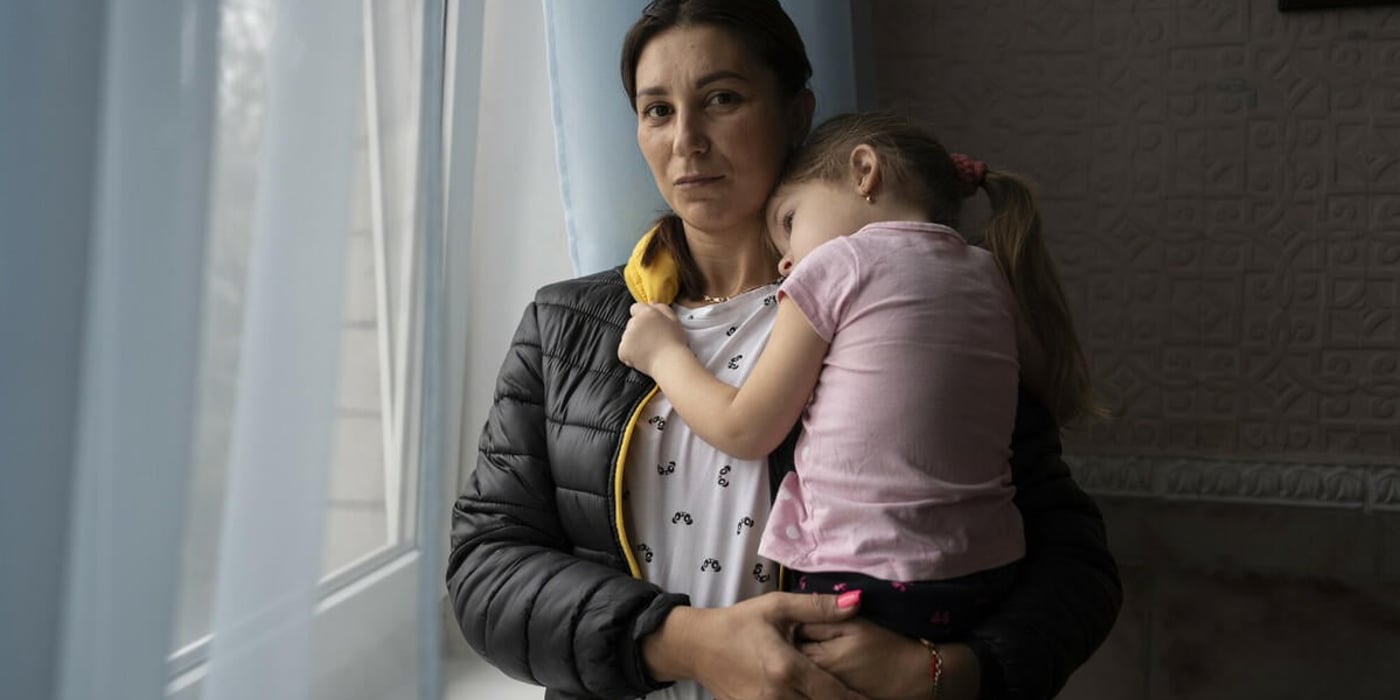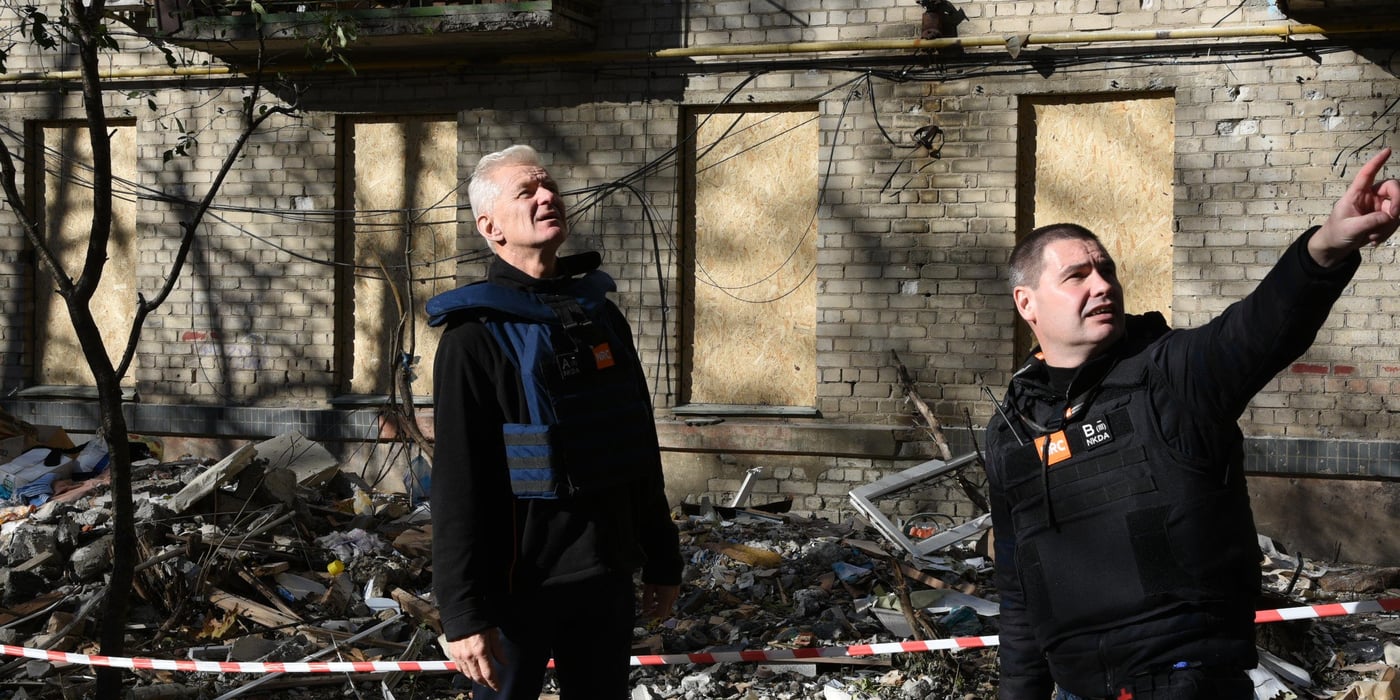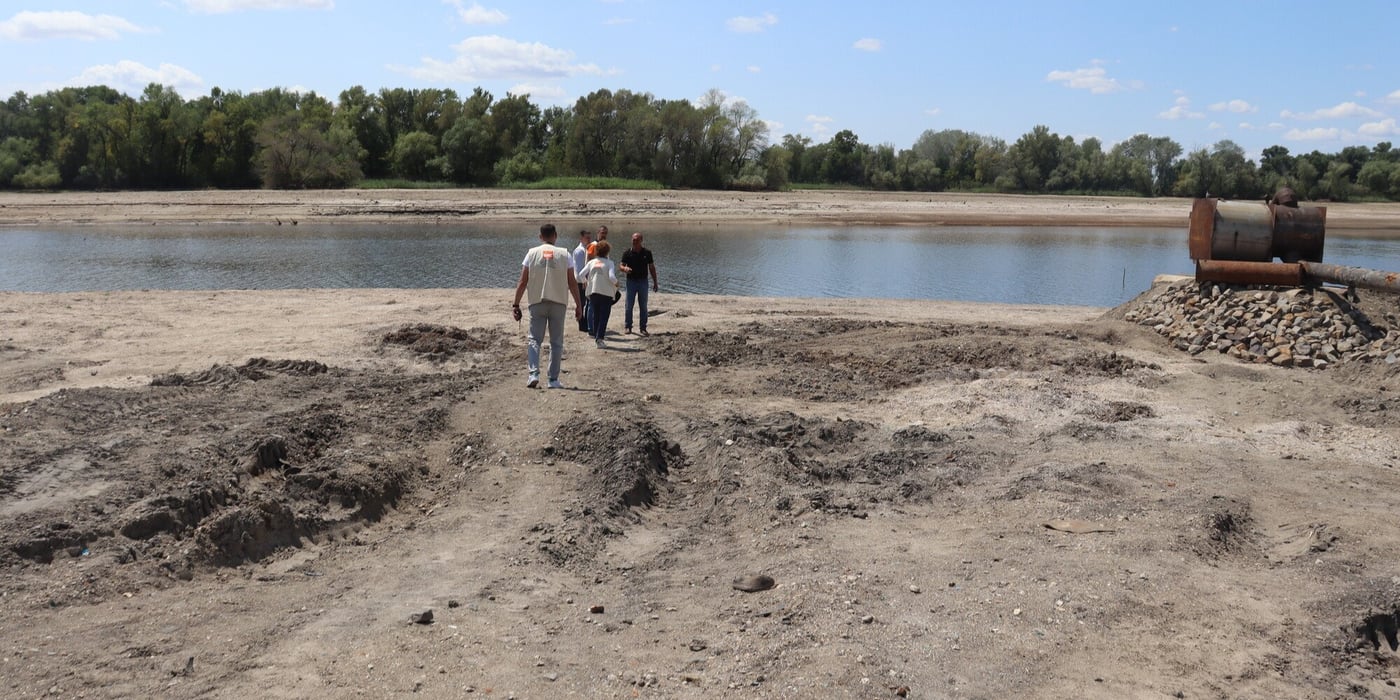
In the aftermath of the Ukrainian revolution and Russia's unilateral annexation of Crimea in 2014, political protests in the eastern Donetsk and Luhansk regions soon escalated into armed conflict. An agreement to end the fighting between the self-proclaimed republics and Ukrainian government forces was reached in September 2014, but peace remains elusive.
The parties involved mandated the Organisation for Security and Cooperation in Europe (OSCE) to monitor the ceasefire and help foster peace, security and stabilisation. The organisation's special monitoring unit (SMM) has been the largest recipient of NORDEM specialists in recent years. Twenty-three deployees with expertise in ceasefire monitoring, human rights and conflict analysis supported the mission in 2017, most of them as monitoring officers and field-level managers on the ground in eastern Ukraine.
Presence along the contact line
The monitoring officers are present along the 500km length of the contact line between the parties to the conflict, from Luhansk in the north to Mariupol in the south. They monitor and verify the parties' implementation of commitments to withdraw heavy weapons and forces from demobilisation areas. They also visit areas affected by conflict, talk to the civilian population and meet the armed forces to document violations of the Minsk ceasefire agreement and international human rights and humanitarian law.
The parties appear unwilling to comply fully with the measures stipulated in the ceasefire agreement. Many weapons have not been withdrawn and forces have not disengaged. The number of mines and pieces of unexploded ordnance is increasing. OSCE regularly reports that violations of international law are still frequent, with dire implications for civilians in affected areas. The mission recorded more than 400,000 ceasefire violations and the deaths of 478 civilians, including 40 children in 2017. Many thousands of people along the contact line risk daily shelling, intense fighting and other hostilities.
Attacks carried out by all parties have led to civilian casualties and damage to civilian infrastructure. Gas plants, sanitation facilities and water mains are regularly damaged by shelling. Around 1.5 million people are registered as internally displaced, and many communities lack proper access to water, sanitation, shelter, electricity and medical care. For people living close to the contact line, the seemingly never-ending conflict is a source of acute hardship and distress. The UN chief in Ukraine said at the end of 2017 that the humanitarian situation was worse than it had ever been.

Achievements despite political stalemate
In the absence of a political solution to the conflict, the SMM is mandated to facilitate dialogue between the parties as a means of reducing tensions. It also negotiates local ceasefires to allow vital infrastructure to be repaired. It informs the authorities about the presence of mines to facilitate their clearance, and organises simultaneous patrols on each side of the contact line to ensure the safety of the workers and demining teams.
"When more than a million people were without phone coverage in January 2018 because of a damaged cable, family members could not reach each other and elderly people were unable to call for help when needed. Our team established dialogue with companies, authorities and military on both sides of the contact line, and facilitated a local window of silence to allow for repair work and reconnection," says Marte Skogsrud, human dimension officer deployed to SMM.
During their patrols, the observers talk to civilians and pass requests on to authorities or agencies who provide assistance. In many conflict situations, armed peacekeepers tend to carry out many of these duties, but SMM has demonstrated that unarmed civilians can perform them effectively, even in an active conflict zone.

Impossible to get a complete picture
Access and freedom of movement restrictions, insufficient manpower and the high number of ceasefire violations mean it is impossible for the mission to get a complete picture of the situation in eastern Ukraine. A patrol member was killed in April, demonstrating the dangers the teams face while on duty.
Despite this, SMM remains one of few impartial sources of reliable information about the conflict, and many field officers say that local populations are grateful for their presence. They also encounter frustration, however, driven by the lack of improvement in the situation and unrealistic expectations of the change that the mission is able to bring about. Several analysts have suggested SMM's presence has helped to contain the conflict and stabilise the situation at the local level, but fighting still flares up in some areas.




